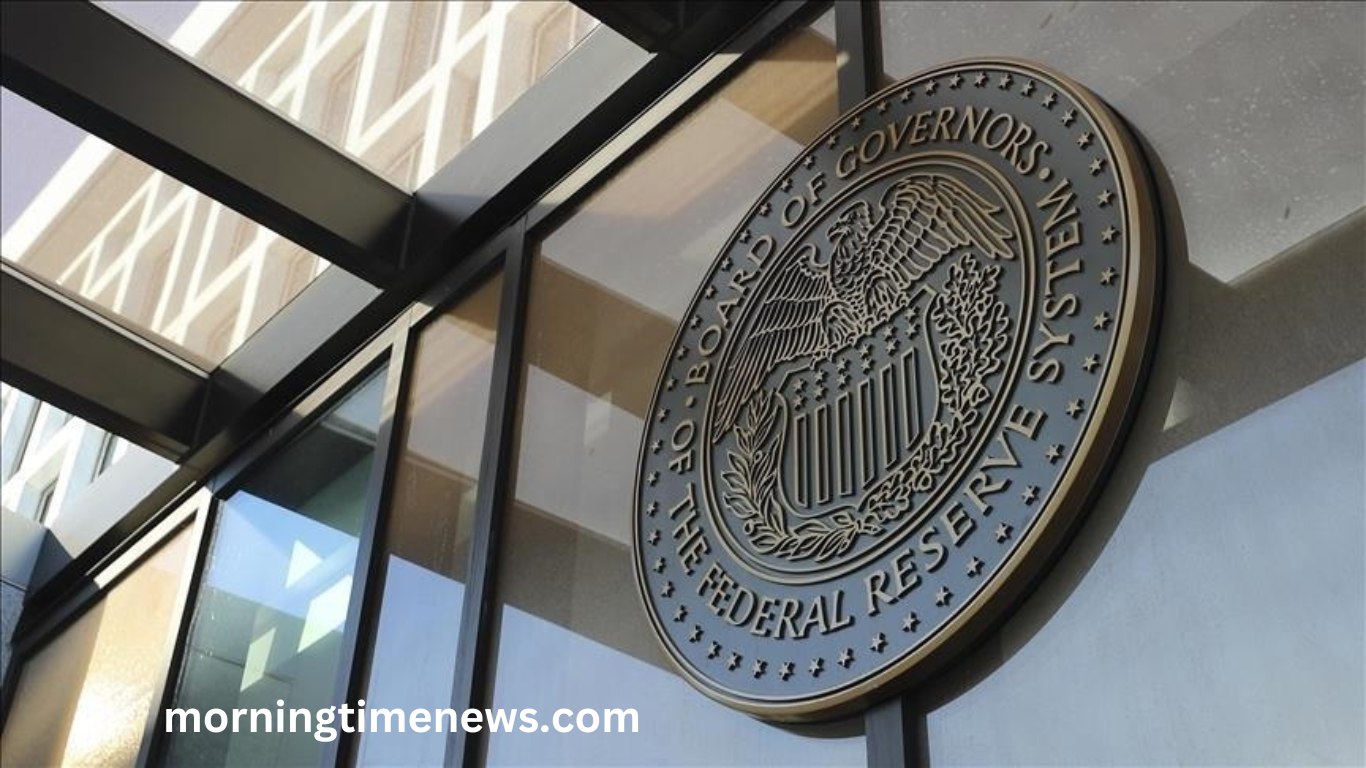The Federal Reserve, the backbone of the U.S. financial system, faced a challenging 2024, reporting a staggering loss of $77.6 billion. This development has raised concerns among economists, policymakers, and the public as the central bank grapples with economic uncertainties and the lingering effects of its aggressive policies in recent years.
Understanding the Fed’s Unprecedented Loss
Unlike commercial banks, the Federal Reserve does not operate with the goal of making a profit. However, a loss of this magnitude is rare and noteworthy. The primary reason behind this financial hit is the Fed’s battle against inflation. In its efforts to curb rising prices, the central bank raised interest rates significantly, which led to higher interest payments on the reserves held by banks. As a result, the Fed found itself paying out more than it earned from its portfolio of assets.
The Impact of Interest Rate Hikes
Over the past two years, the Federal Reserve has raised interest rates aggressively to tame inflation. While these moves were necessary to stabilize the economy, they also came with unintended consequences. Higher rates meant the Fed had to pay more interest to banks on reserves, leading to a shortfall in its earnings. Additionally, some of the assets the Fed purchased during the pandemic-era stimulus measures have lost value, further contributing to the losses.
Read More : China Considers Export Limits to Appease Trump
What This Means for the U.S. Economy
A loss of $77.6 billion does not mean the Federal Reserve is on the brink of collapse. However, it does limit its ability to transfer surplus earnings to the U.S. Treasury, which is typically used to help fund government programs. This could put additional strain on federal finances at a time when national debt levels are already a concern. Additionally, the loss may influence future monetary policy decisions, potentially slowing down rate cuts or other economic support measures.
Will the Fed Recover?
Despite the record loss, the Federal Reserve remains a powerful institution with vast financial resources. Historically, the Fed has faced short-term losses but has always managed to rebound over time. As inflation continues to cool and interest rates stabilize, the Fed’s financial position is expected to improve. The central bank’s long-term strategy will be crucial in determining how quickly it can return to a more stable financial footing.
What to Expect in 2025
With inflation showing signs of moderation, the Federal Reserve may consider adjusting its policies to ensure financial stability. The focus in 2025 will likely be on balancing economic growth while maintaining control over inflation. Whether this means rate cuts, new asset purchases, or other interventions remains to be seen. One thing is sure 2024’s loss will shape the Fed’s decision-making for the foreseeable future.
Frequently Asked Questions
Why did the Federal Reserve lose $77.6 billion in 2024?
The loss was primarily due to high interest payments on bank reserves and the declining value of assets the Fed purchased during past stimulus efforts.
Does this loss mean the Federal Reserve is in financial trouble?
No, the Federal Reserve can operate with losses because it creates its own money. However, it does affect its ability to send surplus earnings to the U.S. Treasury.
How do interest rate hikes relate to this loss?
Higher interest rates increased the Fed’s payments to banks on their reserves, while its own earnings from assets did not keep up, leading to a financial shortfall.
Will this loss impact the U.S. economy?
While it won’t directly harm the economy, it reduces the Fed’s contributions to the Treasury, which could put pressure on government finances.
How does the Fed typically make money?
The Federal Reserve earns money from interest on government securities and other assets it holds. When expenses exceed earnings, it can lead to a loss.
Has the Federal Reserve ever had a loss like this before?
While the Fed has had losses in the past, this is one of the largest recorded. However, it has historically recovered over time.
Will this loss affect future interest rate decisions?
It could influence policy, but the Fed’s primary focus remains on controlling inflation and supporting economic stability, rather than its own profits.
How long will it take for the Fed to recover from this loss?
Recovery depends on economic conditions, but as inflation cools and interest rates stabilize, the Fed is expected to regain financial balance in the coming years.
Conclusion
The Federal Reserve’s $77.6 billion loss in 2024 highlights the challenges of managing inflation and economic stability. While concerning, it does not threaten the Fed’s ability to function. As interest rates stabilize and inflation cools, the Fed is expected to recover. However, this financial setback may influence future monetary policies and government funding, making 2025 a crucial year for economic decision-making and fiscal adjustments.

